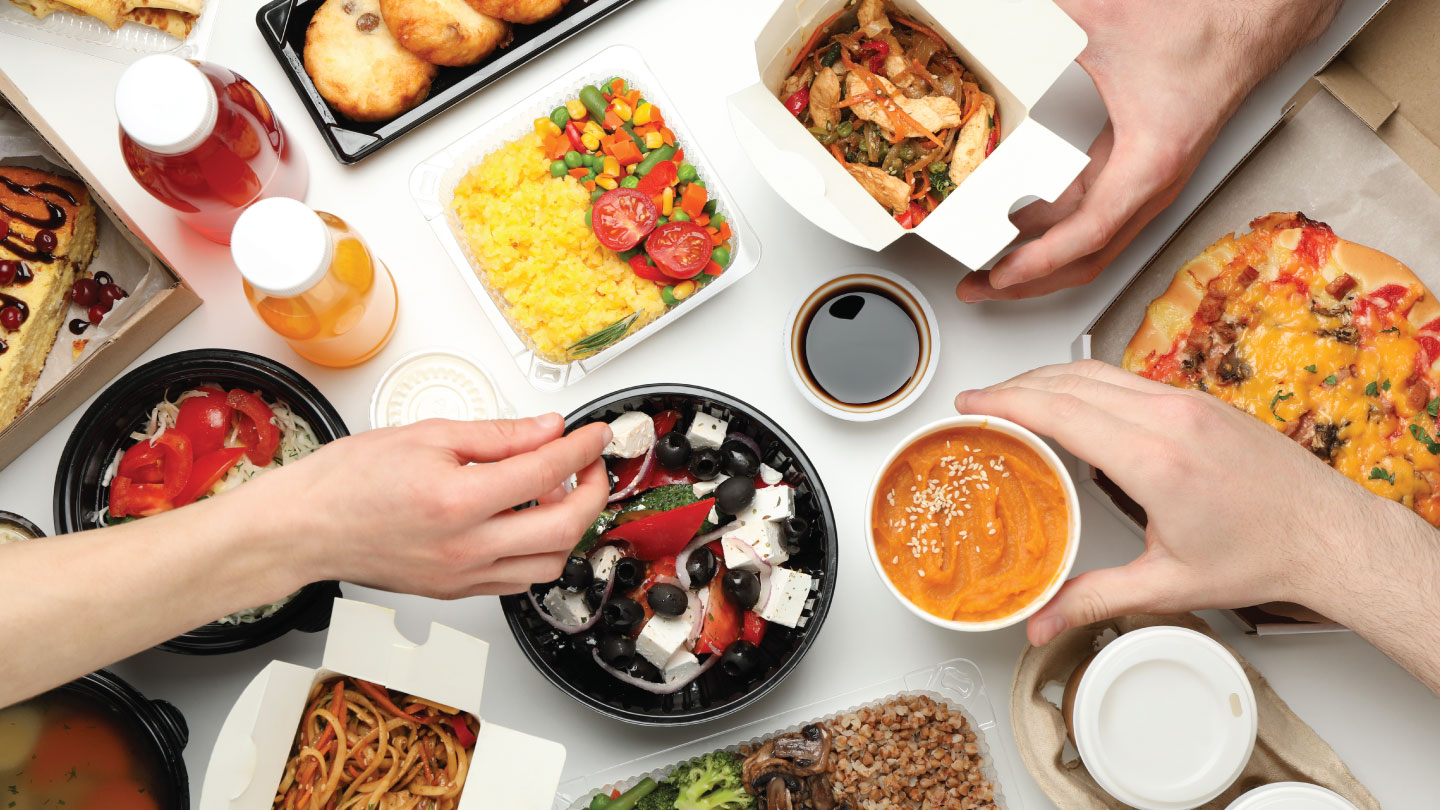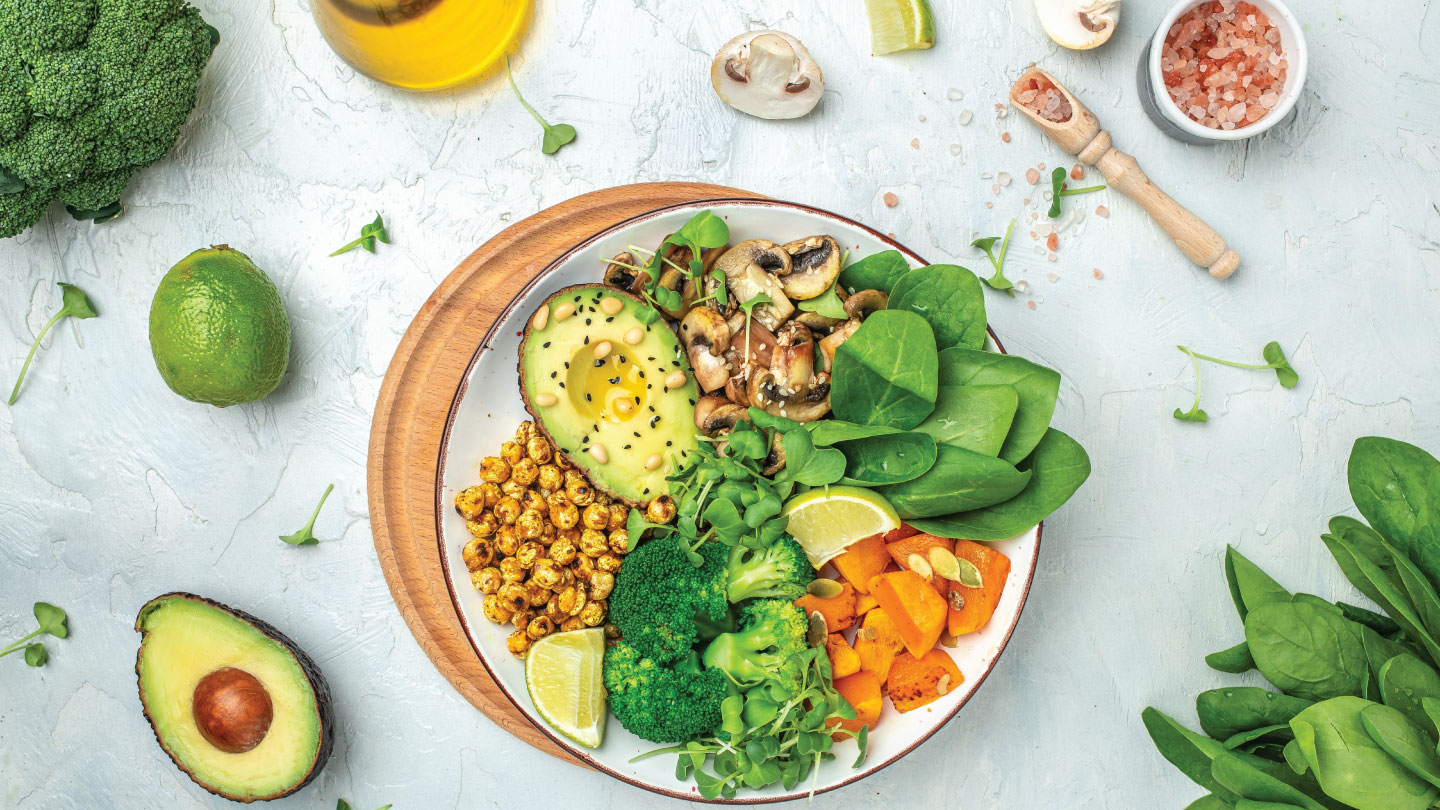Nutrition
Teaching Children The Art Of Mindful Eating
Want to build healthy eating habits in your kids from a young age? Establishing mindful dietary habits will help your child form lifelong positive associations with food, teaching them that nutrition doesn’t mean compromising deliciousness.
The following is an excerpt from Health Hour with Aditi Mammen Gupta, food influencer and entrepreneur, and Shiny Surendran, sports and preventive health dietitian. Watch the YouTube video to get a closer look at their expert advice on the topic.
Aditi Mammen Gupta: Whether your child is eating too little or too much or just enough, it’s up to us as parents to teach them about mindful eating. It’s something that if they understand, they can carry it forward throughout their lives, and when I’m talking about mindful eating here, it’s more about having a positive relationship with food—looking forward to food and getting excited about it. There will be some days where your kids eat a lot, some days where they may not, it’s all right. It’s all a part of the journey.
Shiny Surendran: Absolutely, Aditi, what you shared is so true. A lot of moms come with so much guilt. You can’t be this perfect mom because in theory, it’s all very perfect there and you’re trying to match up to those expectations, and keep doubting whether you’re doing the right thing for your child. There are times when you might say something that sticks with them for a very long time, even in adulthood. During consultations, I have asked adults why they are on yo-yo diets, you can usually go back and trace it to something in their childhood. It could be things like body-shaming at the dining table. Without even realising, the parents might have said something, and that’s quite stressful for a child. As a professional, I keep telling parents, you don’t have to give any advice, you just have to do the right things. Your child’s biggest role model is you, and they are just going to ape what you’re doing. It’s just about balance and how to make a healthier version of the food children like to eat.
Aditi: There are a few points and tips that I would like to share with the audience. There are five things that I have done at home, which are small things, but have made a big difference in my children’s lives and with their relationship with food.
Five Ways to Help Your Child Build A Healthy Relationship With Food
1. Sit at the table for mealtime
It is not a time for technology. During mealtimes, they need to put the iPad away. They need to focus on their meals. It’s also family time, it’s time that you get all this information from your children. I get little tidbits which they may not share otherwise during the day. My husband and me, we make sure that mealtimes are with our children, but I do understand that it’s not feasible for everybody. A lot of working parents do find it difficult. So for them, I would suggest even if you’re not able to do it for every meal, at least try to do it for one meal. For one meal, make sure that you sit down with them and have some good family time, and the rest of the meals, even if you’re not with them, make sure that they sit down at the table. It promotes good habits and good relationships with food.
2. Include them in menu planning
Make them ask you for what they want to eat. I think it’s very important because one, when I’m discussing their meals with them, I’m also making them aware of the fact that with each meal, I am adding some sort of vegetable, a protein. So, what I’m trying to do is that I’m hoping that at some point in their lives, they will make these decisions for themselves without too much prompting from their mother. Also, they are much more likely to eat something when they have asked for it. Till date, I’ve never had a time where they’ve asked for something and not eaten it, because they have been a part of that decision-making process.
3. Don’t overdo snacks
When I was constantly trying to feed them every two hours, whenever mealtime would come, they weren’t hungry. Then I cut down on their snacks. They may have a small snack, but other than that, now they’re actually hungry at mealtimes and they end up trying out more foods. I understand there are some children who may need to eat more frequently than others. But if you’re having a problem with a child who’s not hungry during mealtime, try cutting down the snacks and see if that works out for you.
4. Think out of the box to add vegetables to their diets
I had read that you must never hide vegetables, they should see and eat them so they’re aware. If you have a child who tries everything, then you should always try out this method first. If that doesn’t happen, and if they’re still not touching the vegetables, then you need to think out of the box and you need to try to give it to them in different ways. So what I do is I’m always trying to put these puréed vegetables into things. So they love cutlets with vegetables and proteins like chicken. They love these toasts which I make where I mix a spinach purée with a white sauce. When they get something that’s bright green in colour, they get so excited by it. But at the same time, I’m not trying to hide the fact that I put spinach in there. So I tell them it’s spinach and corn toast. Then they start associating spinach with tasting nice. Later on, you can start incorporating spinach as a main ingredient back into their diets.
5. Involve them in the cooking process
You need to involve your children in the cooking process. They hone so many abilities like math skills and fine motor skills. It also promotes healthy eating. They see what you’re putting into dishes. A major part of being self-reliant is being able to cook for yourself.
Red Velvet Pancake Bombs With Beetroot and Cream Cheese Frosting
Aditi: We are actually going to be adding beetroot instead of the red velvet colouring. So there won’t be any food colouring in this. With that, we’re going to do a vegan cream cheese filling.
Shiny: A lot of children are allergic to milk, so vegan frosting would be fantastic, and beetroot, we would highly recommend for anyone who’s looking at good health—it’s rich in fibre, folate (Vitamin B9), manganese, potassium, iron, and Vitamin C. In fact, you can give it to children who are into sports because it actually helps in their endurance.
Ingredients
- For the pancake:
- A quarter cup of oats
- 3/4th cup of whole wheat flour
- Cocoa
- Salt
- A bit of baking powder
- Steamed/boiled puréed beetroot
- One tablespoon of jaggery
- One cup of milk
- A quarter cup of apple purée
- One tablespoon of maple syrup
- For the vegan cream cheese frosting:
- One and a half cup of cashews, soaked in warm water for at least half an hour
- A bit of vanilla extract
- One tablespoon of maple syrup
- Four tablespoons of jaggery
- A quarter cup of coconut yogurt
- One tablespoon of lime juice
- A bit of apple cider vinegar
Preparation
- Put a quarter cup of oats and 3/4th cup of whole wheat flour (for a gluten-free alternative, a mixture of flours such as amaranth and quinoa) into a mixer. Add some cocoa powder and salt, as well as a bit of baking powder. Give it a whizz.
- In a bowl, add all the wet ingredients one by one: steamed/boiled puréed beetroot, one tablespoon of jaggery, one cup of milk, around a quarter cup of apple purée, one tablespoon of maple syrup (can be substituted with another tablespoon of jaggery). Mix it all together with a whisk.
- Add the dry ingredients mixture to the bowl and whisk it in further. Mix well and rest the pancake batter for 5-10 minutes to ensure the pancakes are fluffy.
- Add small scoops of this mixture to a paniyaram/appam pan, not filling it up completely.
- Next, top the pancake batter with a spoon of the vegan cream cheese frosting. To make the frosting, blend together one and a half cup of cashews (soaked in warm water for at least half an hour), vanilla extract, one tablespoon of maple syrup, four tablespoons of jaggery, a quarter cup of coconut yogurt, one tablespoon of lime juice and a little bit of apple cider vinegar.
- Cover up the frosting with some more pancake batter. Cook the pancake bombs with a lid on the pan for about two-three minutes, then take the lid off.
- Turn over the pancake bombs after a minute or so after taking the lid off to ensure even cooking on both sides. Take out the pancakes after another couple of minutes or so. Let them cool for a while, then use the cream cheese to coat the pancake bombs.
EXPLORE MORE
From fibre and protein to gut health and mindful meals, these are the healthy eating lessons that stood out in 2025!
Bloating isn’t just about overeating or bad food choices. According to expert nutritionist Dr Lakshmi Kilaru, it’s often the result of multiple factors. Keep reading to know more.
If you’re on a GLP-1, your diet can make or break your health journey. Here’s your guide to avoid common pitfalls.
Bright, tangy, and naturally refreshing, this orange chutney offers a burst of citrusy sweetness with a gentle hint of spice. It’s the perfect accompaniment to elevate daily meals with freshness and depth.







.jpg)

.jpg)
